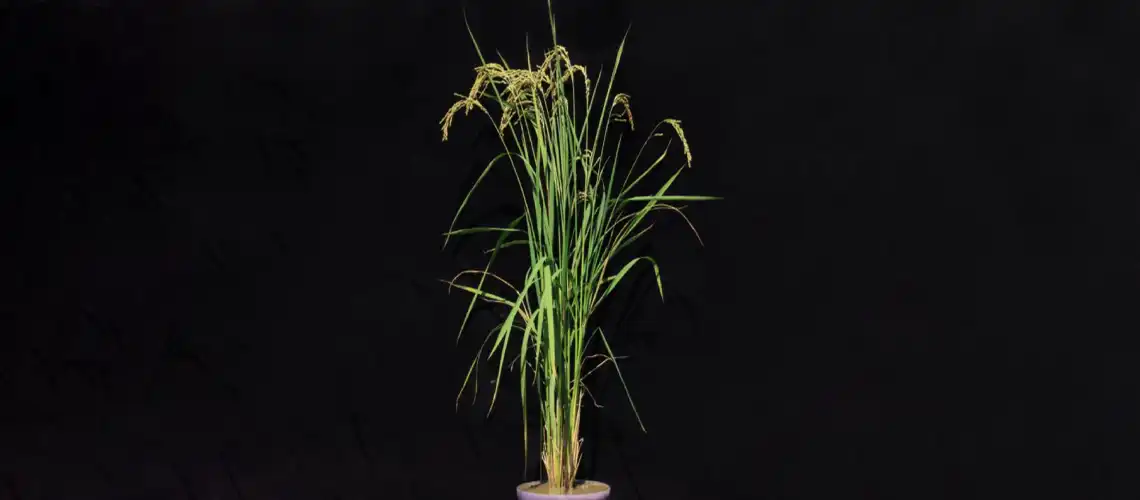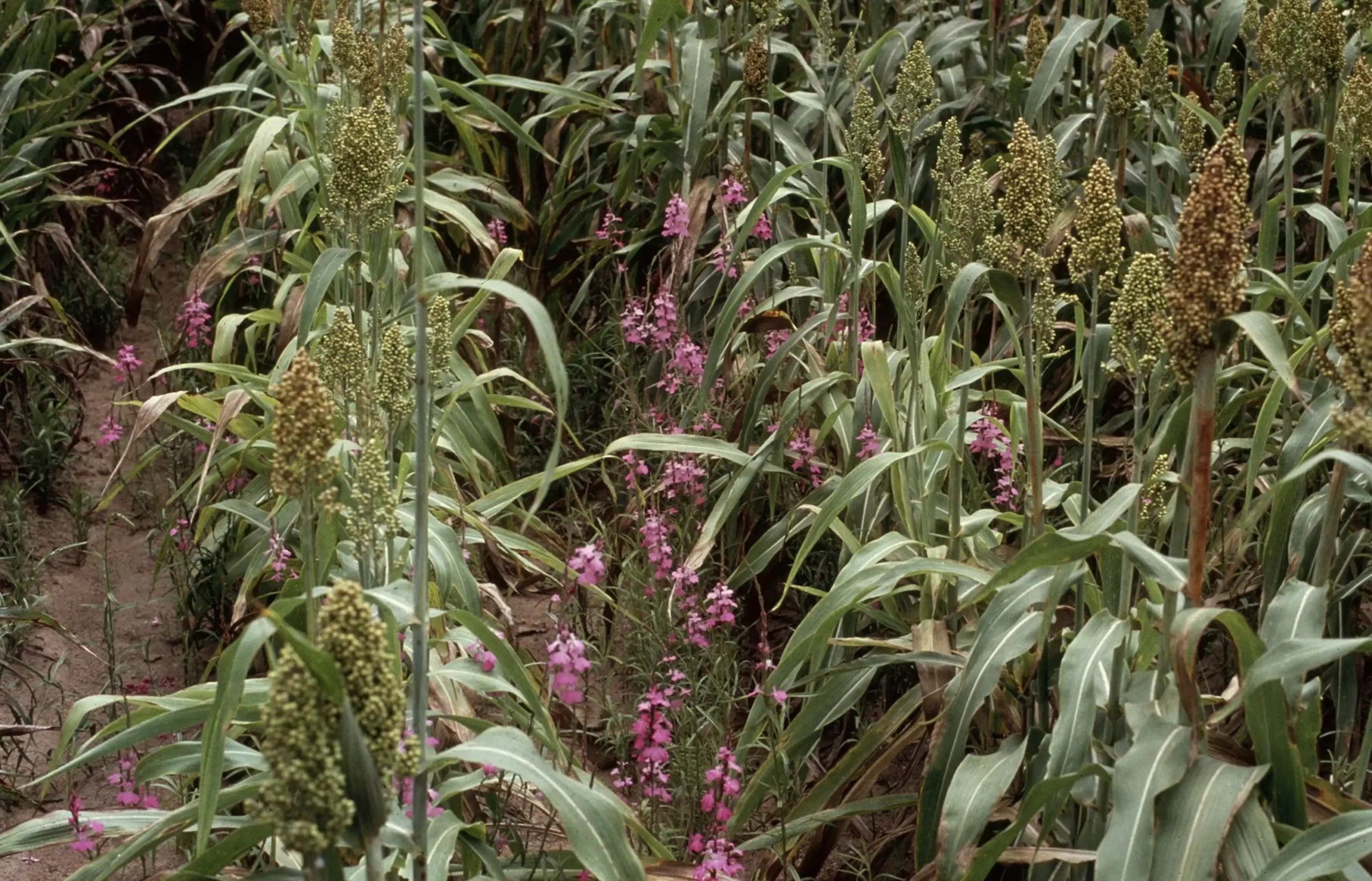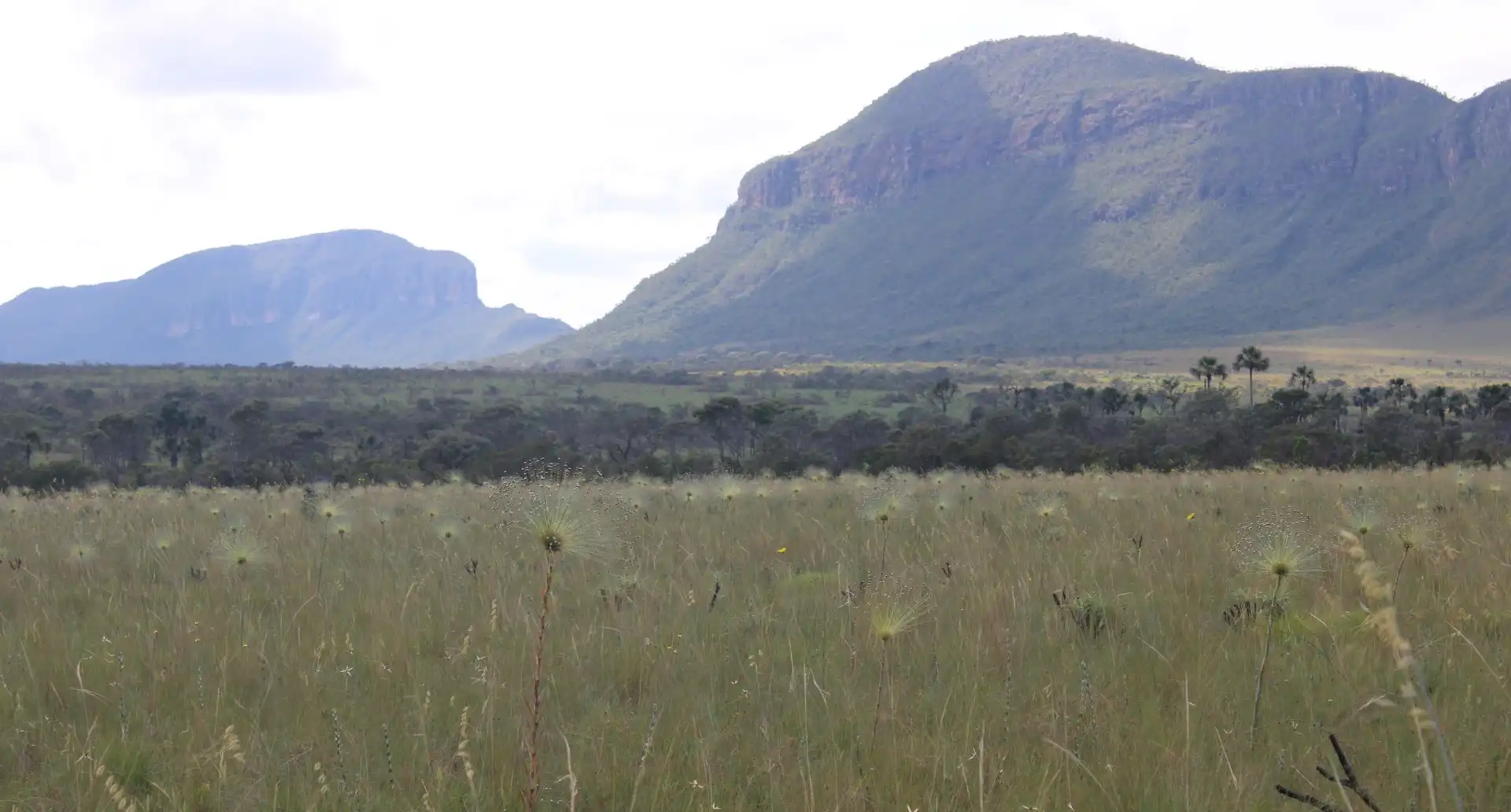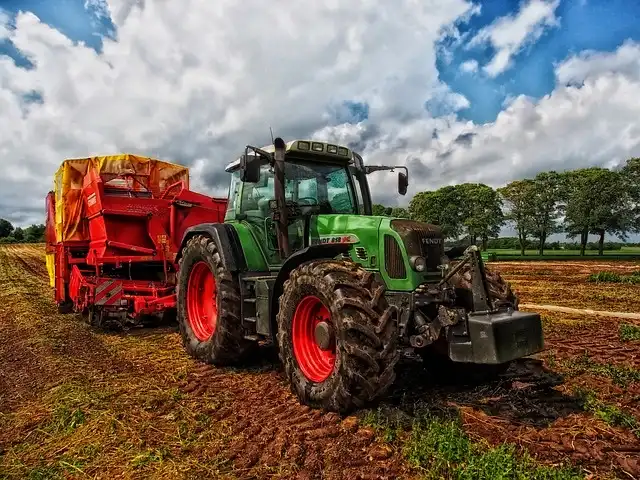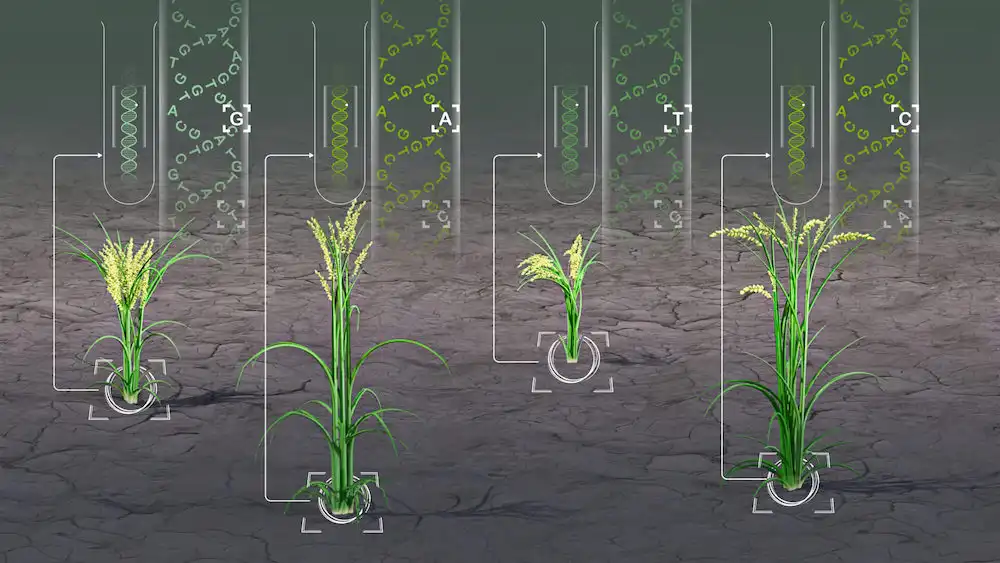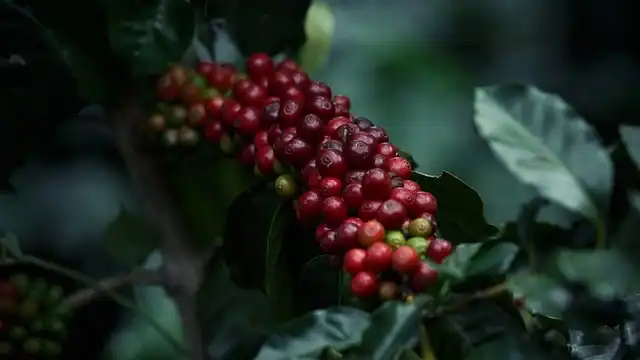
Barley plants orchestrate their underground microbial entourage by secreting a tailored blend of sugars, shaping distinct communities around their roots. A. new study reveals how modern and traditional barley types summon unique microbial allies, highlighting potential for optimizing crop health…
Read More


